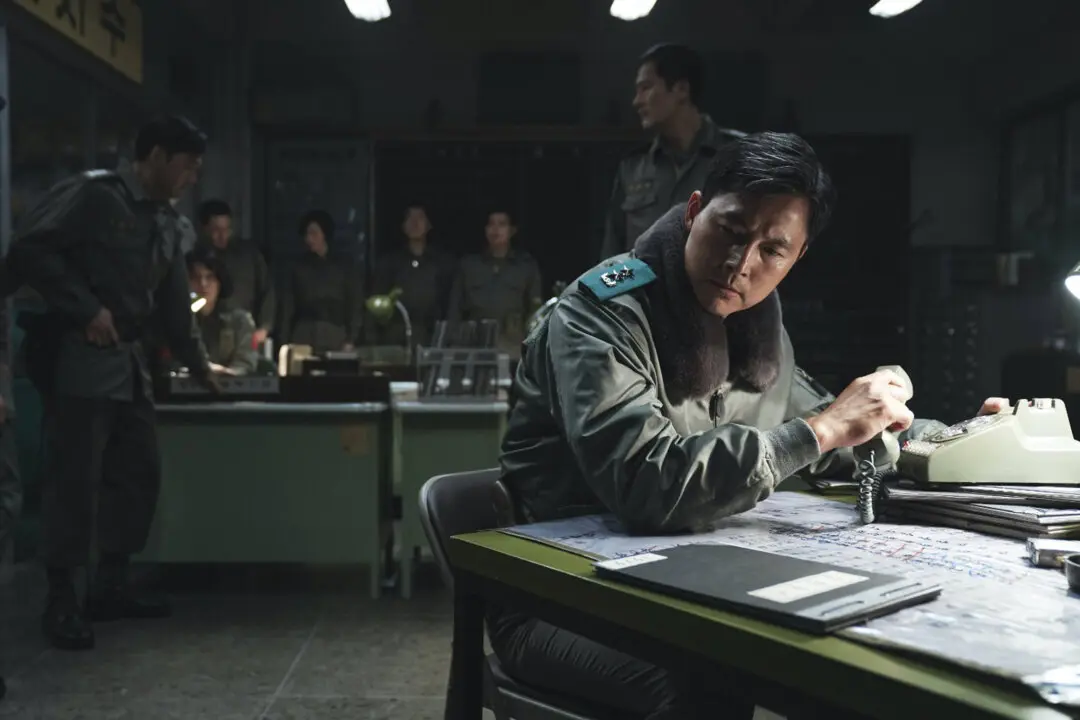Approved | 1h 52min | Comedy, Romance
Usually when I’ve watched romantic comedies, I’ve never gotten into them (at least the American ones). They seem either too schmaltzy or simply not funny. The few that are enjoyable have been older classics, such as 1941’s “The Philadelphia Story” and 1945’s “Christmas in Connecticut.” Not only are these films well-crafted, but they also have a certain innocent charm and are bereft of any gratuitous indecencies.





